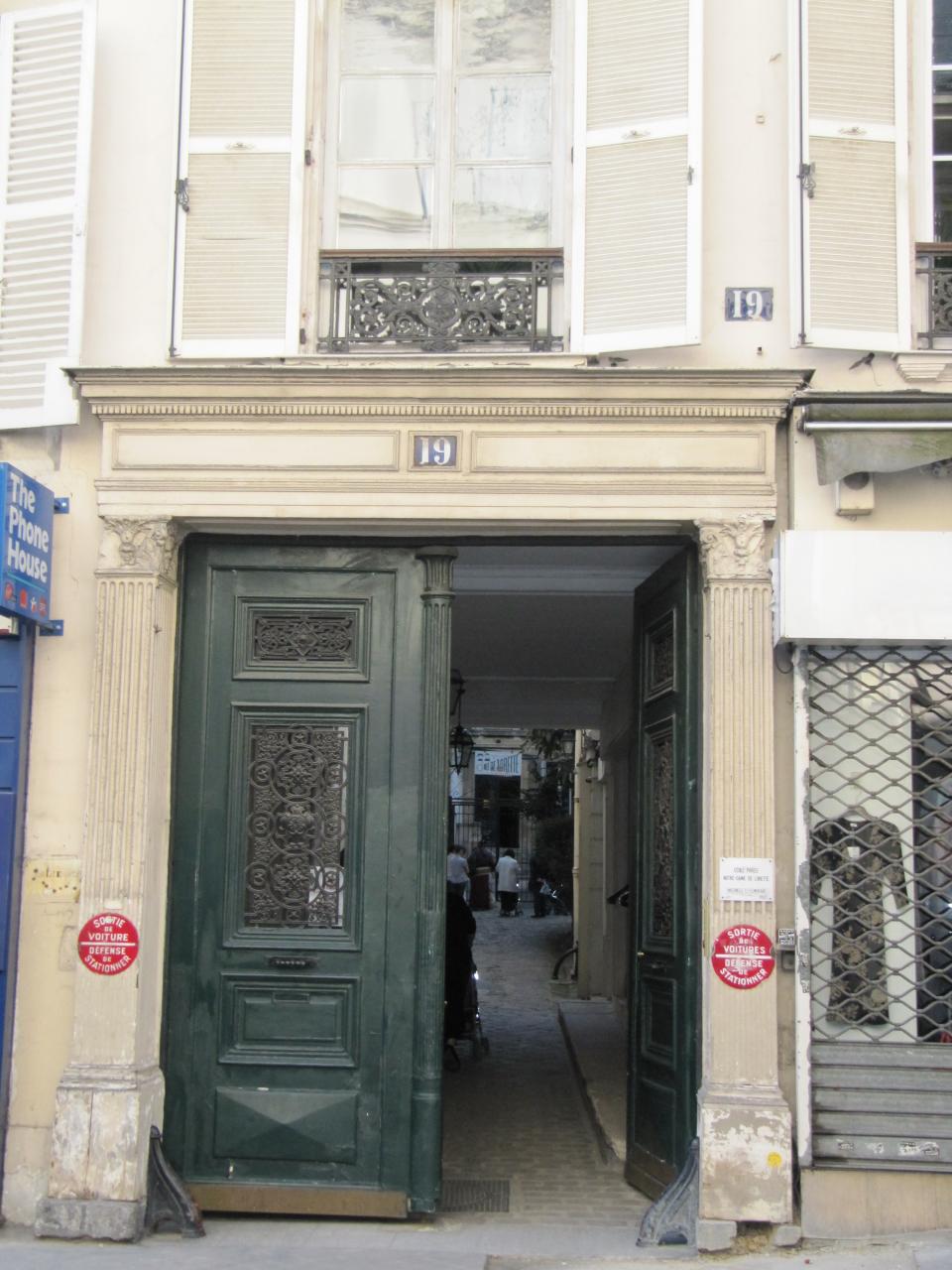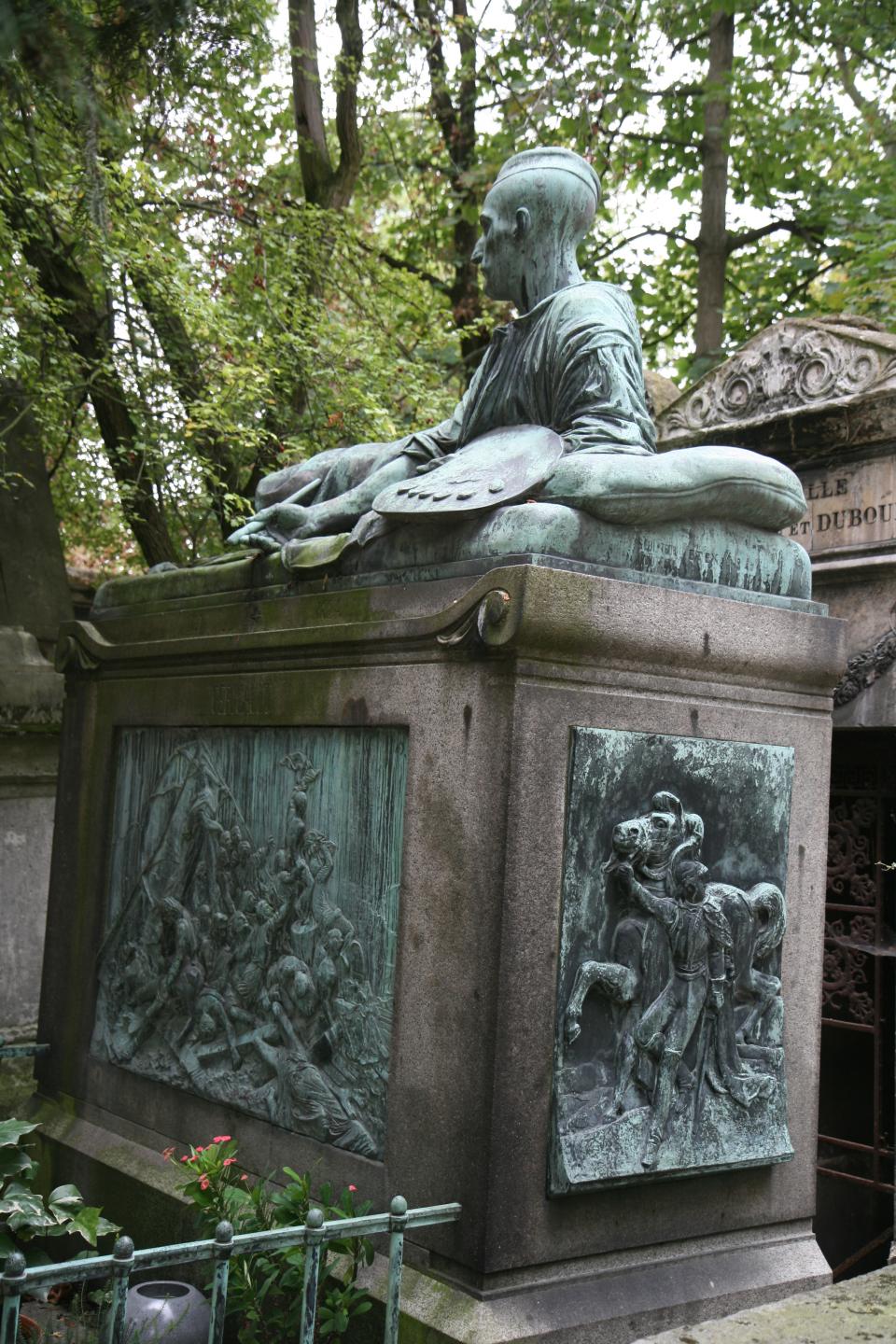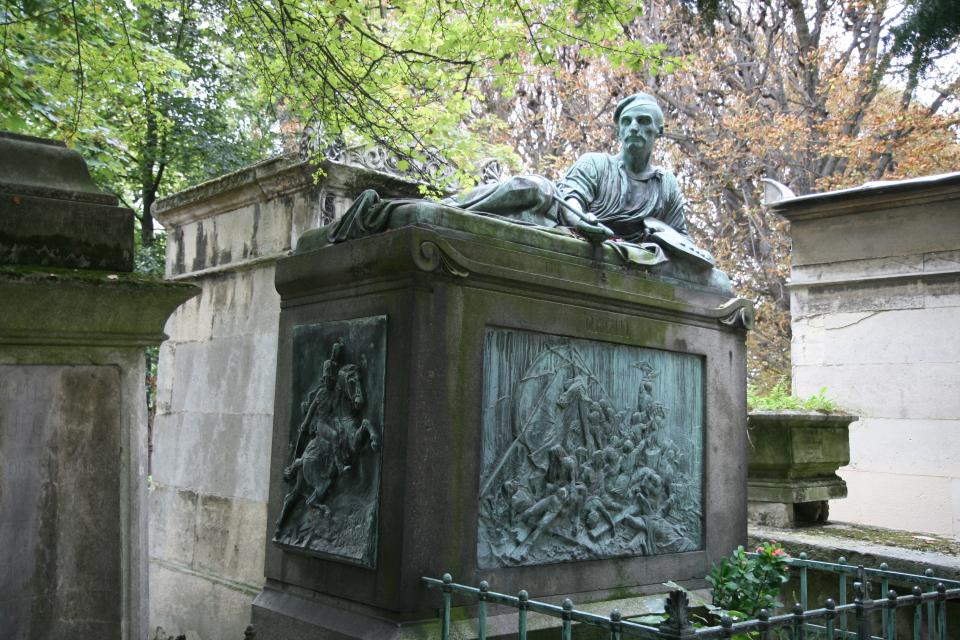Works by this Artist
Raft of the MedusaThéodore Géricault, 1818-19 Madwoman
Théodore Géricault, 1819-20 Wounded Cuirassier Leaving the Field of Battle
Théodore Géricault, 1814
Background
provincial bourgeois family
Studies
Lycée Imperial, Paris; with Carle Vernet (1808-9); with Pierre Guérin (1810); copies Old Master paintings at the Louvre (1811-15)
Career
1808 – Géricault’s mother dies leaving him an annuity and financial independence
1812 –gold medal at Salon for Charging Chasseur (Officer of the Imperial Guard on Horseback)
1814 –restoration of the Bourbon monarchy; Géricault buys commission in Mousquetaires Gris (ceremonial royal calvary)
1815 - serves in the flight of Louis XVIII to Belgium during Napoleon’s brief restoration to power
1816 – fails to win Prix de Rome; visits Florence and Rome; frigate Medusa is shipwrecked
1818 – begins producing lithographs, including a series based on contemporary events
1819 –Raft of the Medusa causes sensation at Salon
Travels
Florence and Rome (1816-17); England (1820-21)
Important Artworks
Charging Chasseur (Officer of the Imperial Guard on Horseback) (1812, Louvre, Paris)
Web Resources
Smarthistory.com: Gericault´s Raft of the Medusa
Readings
Alhadeff, Albert. The Raft of the Medusa: Gericault, Art, and Race. Munich and New York: Prestel, 2002
Athanassoglou-Kallmyer, Nina.Théodore Géricault. London: Phaidon, 2010
Buch, Asta von. “’What a hideos sight! But what a beautiful scene’! The aesthetics of the illustrious in Gericault’s Floss der Medusa,” Zeitschrift für Kunstgeschichte, vol. 69, no. 3 (2006): 342-57
Eitner, Lorenz. Géricault: His Life and Work. Ithaca, NY: Cornell University Press, 1983
Eitner, Lorenz. Géricault’s “Raft of the Medusa”. London: Phaidon, 1973
Eitner, Lorenz. “Géricault's Wounded Cuirassier,” The Burlington Magazine, vol. 96, no. 617 (August 1954): 236-41
Grigsby, Darcy Grimaldo. “Cannibalism. Senegal. Géricault’s Raft of the Medusa, 1819,” Extremities. Painting Empire in Post-Revolutionary France . New Haven, CT and London: Yale University Press, 2002, pp. 165-235
Grigsby, Darcy Grimaldo. “Plague. Egypt-Syria. Gros’s Bonaparte visiting the Plague Victims of Jaffa, 1804,” Extremities. Painting Empire in Post-Revolutionary France. New Haven, CT and London: Yale University Press, 2002, pp. 65-103
Guilbaut, Serge et al., eds. Théodore Géricault, the Alien Body: Tradition in Chaos. Vancouver: University of British Columbia, 1997
Huet, Marie-Hélène. “The Face of Disaster,” Yale French Studies, no. 111 (2007): 7-31
Images
From 1813 until his death in 1824, Géricault lived in an apartment at 19 rue des Martyrs, Paris (9th arrondissement)
Géricault's tomb at Père Lachaise cemetery. He reclines, and plaques of his most famous paintings are on the sides.


